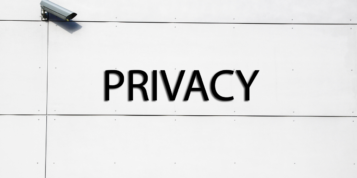These days, the thought of going without the mobile internet can seem almost too much to bear. No matter where we are we want to be able to surf the web, stream multimedia content, and keep in touch via email, instant messaging, social networks, and video calling. Regardless of whether we’re sitting at home or out and about, we expect our wireless devices to work perfectly.
Unfortunately that’s not always the case. While mobile operators continue to upgrade their networks to support ultra-fast 4G connectivity, many of us rely on Wi-Fi hotspots to fill the void between 3G mobile internet and home broadband. Tablets and mobile phones are capable of incredibly high-end browsing experiences now, but Wi-Fi access is often a requirement to support the tasks many of us want to be able to do on the move, such as uploading photos to Facebook or watching videos on YouTube.
However, while the routes to monetising 4G connections can build on the current 3G status quo, consumers have been increasingly inured to the idea that Wi-Fi should be free. Given the free Wi-Fi connectivity found in public buildings, coffee shops and hotels, we are not keen on the idea that Wi-Fi should be a paid-for service. This raises a question: how can operators and other organisations support the costs of rolling-out Wi-Fi without directly monetising the service?
For many companies, the motivation of thousands of tourists descending on London during the Olympics this summer has proven too hard to ignore. In recent months, companies including O2, Nokia and Virgin Media have all announced major free Wi-Fi zones for London and the long-heralded era of free, universal, public Wi-Fi in London looks set to finally come to fruition.
The feeding frenzy may be on, but how can the service be monetised effectively? One model that offers a way for Wi-Fi providers to monetise their hotspots is through supporting online advertising campaigns. The most popular Wi-Fi hotspots will, by their very nature, be in high footfall areas, so offer an opportunity for marketers to access an extremely receptive and captive audience.
By taking some basic registration information from those accessing free Wi-Fi services, companies can also easily target niche audiences by age, gender or occupation. Furthermore, as hotspots are highly location specific, companies can provide tailored marketing offers to consumers within the catchment area of certain shops or services (for example, 10% off at the nearby Starbucks).
Wi-Fi marketing also offers an opportunity to reach the demographic most advertisers are looking for (18 – 45 professionals with relatively high disposable incomes and savvy about technology), but struggle to reach through more traditional media channels.
Whilst the rise of location-based social networks, such as Foursquare, might have helped popularise the idea of targeting consumers by location, getting large numbers of people to share their location regularly has proven to be a hurdle. In the last year, we’ve seen location-based start-ups such as Gowalla and Whrrl shut down. By using Wi-Fi hotspots to target consumers in specific areas, brands can enjoy all of the benefits of this kind of location-based marketing whilst reaching a greater audience that does not rely on the popularity of third party networks.
So, rather than waiting for the likes of Foursquare to reach a critical mass, why not look at how you can use Wi-Fi hotspots to target consumers by location today?






